Young 5’s
“Magnet Fun”
I can explore how magnets work by using different magnets to pick up magnetic objects, hunt around the room to find objects my magnet attracts, and race cars using magnets.
I can color my magnet sheet and orally explain what magnets can do.
Magnets can ________________.
Vocabulary: magnets, attract (stick), repel (don’t stick), move, push, pull
First Grade
I can demonstrate comprehension of pitch and volume by exploring with musical glass jars(jars filled with different amounts of water and when hit with a metal spoon makes sound) and to make my very own harmonica using straws, wooden popsicle sticks and rubber bands.
I can orally explain what pitch and volume mean using sentence stems:
Pitch is ______________________.
When I hit the glass jar with _______ amount of water the pitch was______________.
When I moved the straw on my harmonica____________ the pitch was _________________.
Volume means_____________________.
Vocabulary: sound, waves, vibration, pitch, high, low, volume, loud, soft
Second Grade
I can comprehend properties of matter by testing various materials to see how strong of flexible they are.
Activity 1- Which Is Stronger?
Test each material by seeing how many washers or pennies it can hold.
Materials to be tested:
6 toothpicks taped together, 6 index cards taped together, 6 pipe cleaners taped together, or 6 popsicle sticks taped together.
Activity 2-Which Object Is More Flexible?
Test the following objects: licorice, pencil, pipe cleaner, yarn, crayon, paper clip and put in order by most flexible to least
I can write to answer questions from both activities.
Vocabulary: property, matter, flexibility, strength
2-PS1-1 2-PS1-2
Third Grade- STEM Activity: Pom Pom Blaster
*Ask, Imagine, Plan Parts*
I can demonstrate application of how force and motion are used by designing and building a device that launches Pom Poms in the air using the Engineering Design process(Ask, Imagine, Plan, Create & Test, Improve, Present).
Constraints:
*The blaster must be free standing.
*It must launch a pom-pom into the air and it must travel 2 feet.
*Can only use materials provided: pom-poms, tape, straws, craft sticks, rubber bands, paper clips, index cards, cups, spoons.
I can draw a plan of how I will design and build my Pom-Pom Blaster. I can reflect on what worked and what needed improvement.
Vocabulary: force, motion, speed, gravity, balanced force, unbalanced force, inertia, slope, measurement
3-5-ETS1-1
3-5-ETS1-2
Fourth Grade -(Continuation of last week)
I can demonstrate how speed affects energy by investigating speed and energy using paper towel tube tunnels, marbles, and rocks.
I can draw my experiment and explain how the speed of the marble (incline of ramp) affected the energy transfer to the rock.
Sentence Stems:
When the ramp was lower, the marble made the rock only move________.
When the ramp was higher, the marble made the rock move ___________.
The results show that _________________________________________________________.
An example that shows this in real life is ________________________.
Vocabulary: energy, speed, transfer,incline, steeper, distance, centimeters,
Average
Fifth Grade
I can demonstrate comprehension about the difference between physical and chemical changes in matter by exploring and observing popped popcorn to see if a kernel undergoes a physical or chemical change when popped.
I can write to explain whether I think popping popcorn is a physical or chemical change and why.
- Did you see any signs of a physical change with the popping of popcorn? If so, what?
- Did you see any signs of a chemical change with the popping of popcorn? If so, what?
Vocabulary: matter, properties, physical change, chemical change
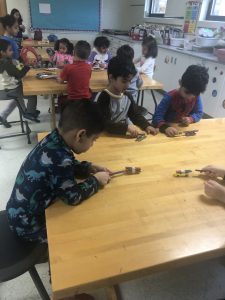
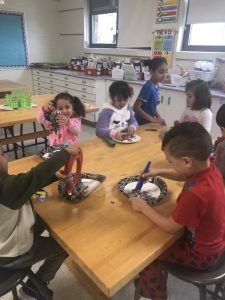
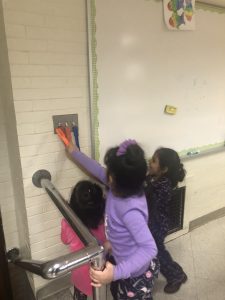
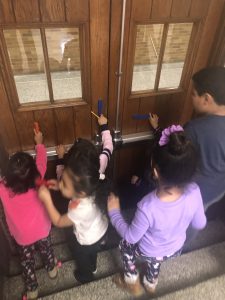
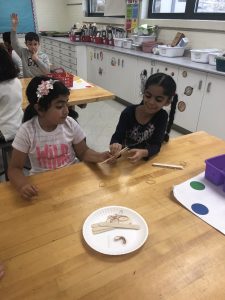
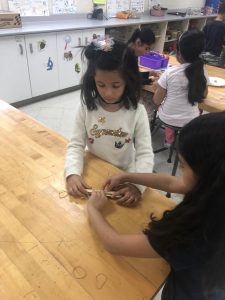

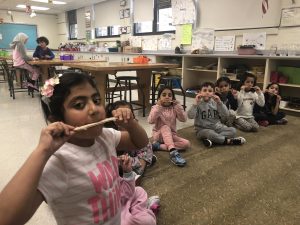
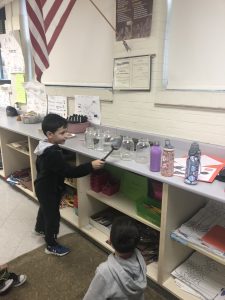
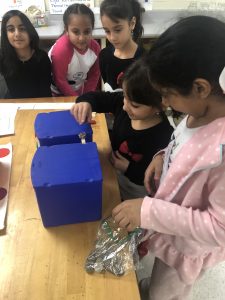
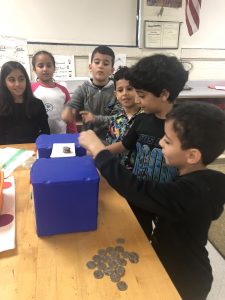
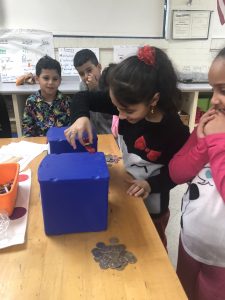
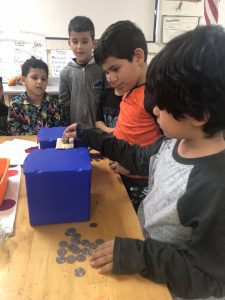
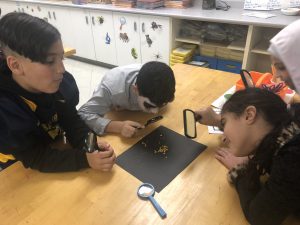
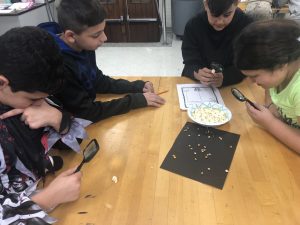
Leave a Reply